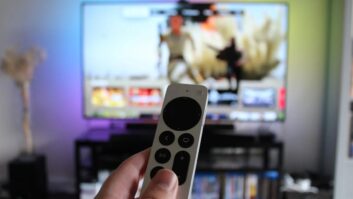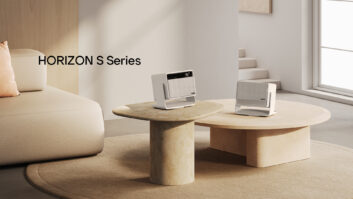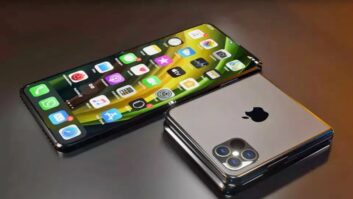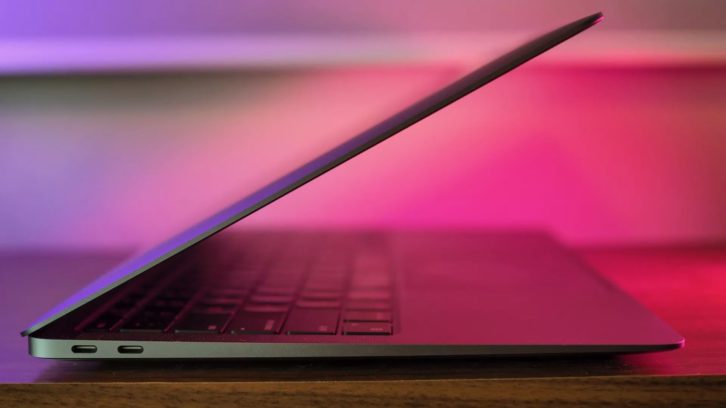
When Apple announced the new M2 MacBook Air earlier this year, it said that the previous machine was its most popular laptop of all. That’s quite the statement, and one that you would never have seen coming back in 2008 when the very first MacBook Air was announced.
Now, 14 years later, few would argue when told that the current M2 MacBook Air is the best Mac for most people. It’s relatively inexpensive — for a Mac — and is small, light, and above all, capable. It’s a great machine, but it’s been a long, hard road to get this far.
From a laughing stock with an iPod hard disk to a blazing fast powerhouse, the little MacBook Air has been on quite the journey. Let’s take it back to the beginning.
The year it all began
I remember the very first MacBook Air. Or, to be more specific, I remember when Steve Jobs pulled it out of a manilla envelope on stage at Macworld 2008. It was quite the announcement and it gave us one of the many great Steve Jobs unveilings — an unveiling that has yet to be topped in some eyes.
The envelope was more than a gag, of course. Fitting a laptop computer into something so thin was impossible … until it wasn’t. Jobs also promised that the machine would be capable, besting the netbooks that people were carrying around at the time. And to be clear, those netbooks were very bad. But that doesn’t mean the MacBook Air didn’t have its problems.
Chief among them? The 80GB 1.8-inch hard disk that you got if you didn’t upgrade to an SSD.
If that size and capacity sound familiar, they should. Apple put the same drive in its iPod which might give you a good idea of how performant it was. Engadget saw the writing on the wall early on, saying that, “while probably sturdy enough to withstand normal use, it’s nowhere near as fast as your average 2.5-inch laptop drive.” And it wasn’t. And those 2.5-inch drives were already slow compared to the SSD that spendy buyers could upgrade to. But even 14 years ago, the new MacBook Air was ahead of the game in a typical Apple way — “Despite its shortcomings on the hardware and specs side, though, it’s hard to say enough about how well made the Air feels,” Engadget went on to say.
Oh, and the side of the impossibly thin machine was so thin, there wasn’t room for ports. Instead, they lived in a little flap that unfolded to unveil a single USB port, a micro-DVI port, and a headphone jack. But at least they were there.
All of this meant that the MacBook Air was a machine of compromise. Macworld’s Jason Snell called it “the slowest Mac in Apple’s current product line,” but it was super portable. Snell summed it up in much the same way many did at the time, saying that, “For those to whom the tech specs matter above all else, the MacBook Air can’t be seen as much more than an overpriced, underpowered toy.” The fact it started at $1,799 didn’t help its case.
The long road to redemption
Despite a rocky start, the MacBook Air kept getting revisions. The original 13.3-inch machine was joined by a smaller 11.6-inch offering in 2010, with the larger version gaining an SDXC-capable SD Card slot. A year later, upgraded graphics, backlit keyboards, and more storage were added to the lineup.
Further updates came and went in 2012, 2013, and 2015. But it wasn’t until 2018 rolled around that people got the big update they’d been waiting for. The MacBook Air was going Retina.
On October 30, 2018, Apple gave the 13.3-inch MacBook Air a 2560×1600 pixels display and added Touch ID and new ports. The base model came with a 128GB SSD and a 1.6GHz Intel Core i5 processor, which was fine if lacking in excitement. But the bump in display quality and resolution was enough to make the upgrade a worthwhile one. Additions like a pair of USB-C 3.1 gen 2 and Thunderbolt 3 were just the icing on the cake. We reviewed the 2018 MacBook Air and Rene was on the money with his opening — “‘Just slap a Retina display in the MacBook Air and ship it!’ is what a lot of people have been clamoring for Apple to do for a long, long time,” he said. And he was right.
Apple silicon and a whole new world
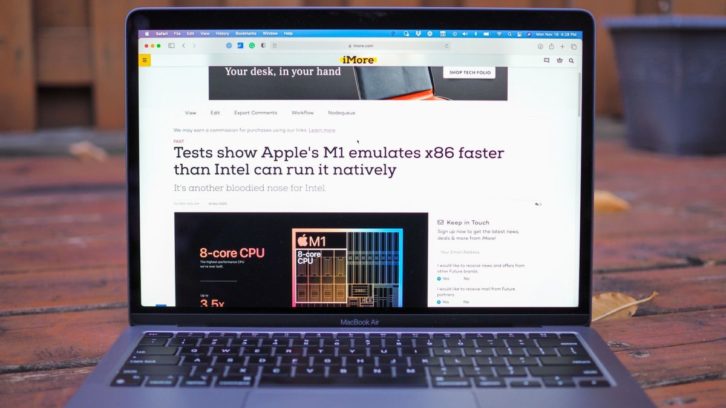
Fast forward a couple of years to 2020 and the MacBook Air became the machine that everyone wanted. It was still thin, light, and super portable, but for the first time, it also had a chip that could handle more than the odd email and a browse of the internet. For the first time, it had Apple silicon, the M1.
The M1 MacBook Air was a game-changer. We gave it 4.5 stars out of five, and with good reason. The new chip provided “incredible performance per watt” and a “huge battery improvement over the Intel-based MacBook Air,” allowing for battery life that was measured in hours — or days — not minutes. “I spent most of this review using the Air unplugged, and it lasted me more than a full workday, around 11 hours in total, before it conked out and needed a charge,” our review notes. “Over the weekend, as I was finishing up this review, I didn’t plug it in at all. And, using it intermittently over Saturday and Sunday, it lasted well into Monday morning before I had to top it up.”
Impressive indeed. And the performance? Best in class. Best in many classes, actually. So much so that it was difficult to see how things could get any better. And then they did.
M2 changes the game again
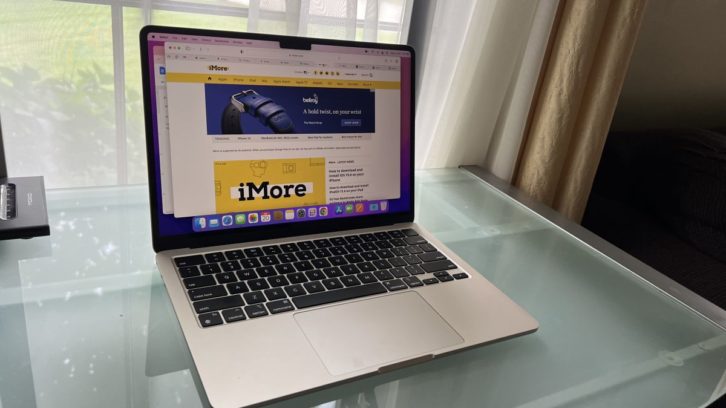
Earlier this year, Apple unveiled the M2 MacBook Air. I mentioned it at the top of this post, and it’s worth mentioning it again because it’s that good.
Sure, the M2 chip is the star of the show for many and it’s faster than last year’s model. It even manages comparable battery life despite the extra horsepower under the hood. But this is also the first MacBook Air to get a redesign in far too long. And that’s a big deal.
The latest MacBook Air is a thoroughly modern affair. Yes, that means that it has a notch, but it also means that it’s been given MagSafe back, and it has the best keyboard Apple has ever put into a laptop. The display’s bezels are thinner than ever and while it only has the same two Thunderbolt / USB-C ports from last year’s model, it at least has some. That’s a big deal considering Apple’s previous fondness for nixing them whenever possible. Even when it wasn’t, sometimes.
The latest model is brighter and bigger than before and has a proper webcam.
The display doesn’t just have smaller bezels and a notch, either. The latest model is brighter and bigger than before and has a proper webcam.
The downside? It isn’t cheap. At $1,199 it isn’t the cheapest Mac laptop Apple sells anymore. But do you know what is?
The previous M1 MacBook Air is still around and is now selling for just $999, maybe even less if you shop around. It’s a great machine at the price and more than enough for most people, especially as a switcher device for ex-Windows sufferers.
The best of the best
After 14 years, not only has the MacBook Air gone from an overpriced toy to the most popular laptop Apple sells, but it also has two spots in Apple’s lineup. The fact that the cheapest portable Mac Apple sells is as capable as the M1 MacBook Air is mind boggling, and 2008 me definitely wouldn’t have believed it could happen.
iPod hard disk, indeed!
This article originally appeared on imore.com
About the Author
Oliver Haslam has written about Apple and the wider technology business for more than a decade with bylines on How-To Geek, PC Mag, iDownloadBlog, and many more. He has also been published in print for Macworld, including cover stories. At iMore, Oliver is involved in daily news coverage and, not being short of opinions, has been known to ‘explain’ those thoughts in more detail, too.
See also: Five Hybrid Work Office Accessories To Make Your WFH Life Better




